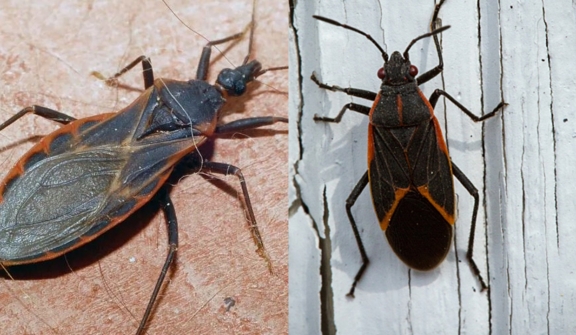
In the tranquil outskirts of our communities lies a lurking menace, a tiny yet potent threat known as the kissing bug.
With its innocent appearance disguising deadly intentions, this tiny assassin has sparked concerns among health officials and environmentalists alike.
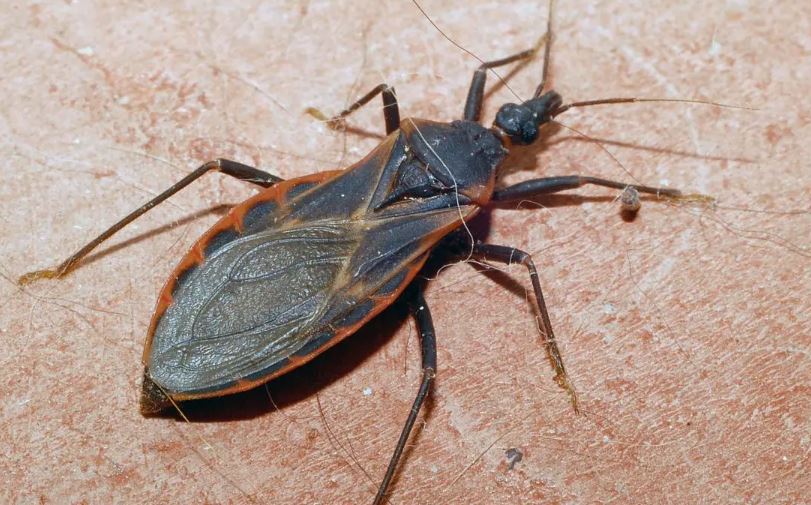
Kissing bugs, scientifically referred to as triatomine bugs, exhibit cunning behavior. These nocturnal insects primarily inhabit the cracks and crevices of poorly constructed homes, animal shelters, and even bird nests. Their favorite pastime? Feasting on the blood of unsuspecting victims during the night.
Seriously, the kissing bug can feed on humans, dogs, and wild animals. However, kissing bugs do not attach themselves like ticks. Additionally, kissing bug bites usually do not cause pain to the person being bitten while the bugs are feeding.
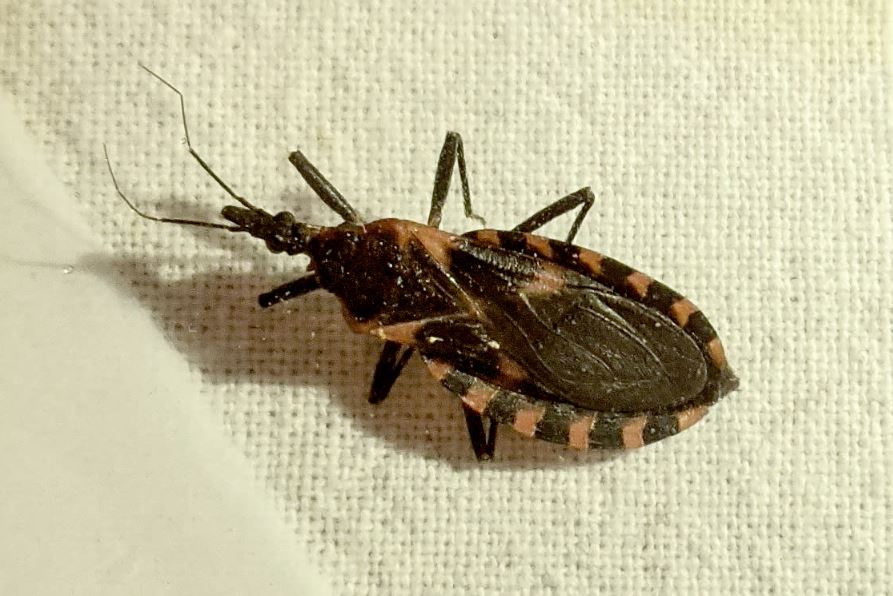
Kissing bugs live throughout North America, Central America, and South America. It was found in 29 states across the United States.
However, it is worth noting that in certain states, such as Delaware, Illinois, Indiana, New Jersey, Pennsylvania, and West Virginia, kissing bugs have been found only infrequently, suggesting their rarity in those regions.
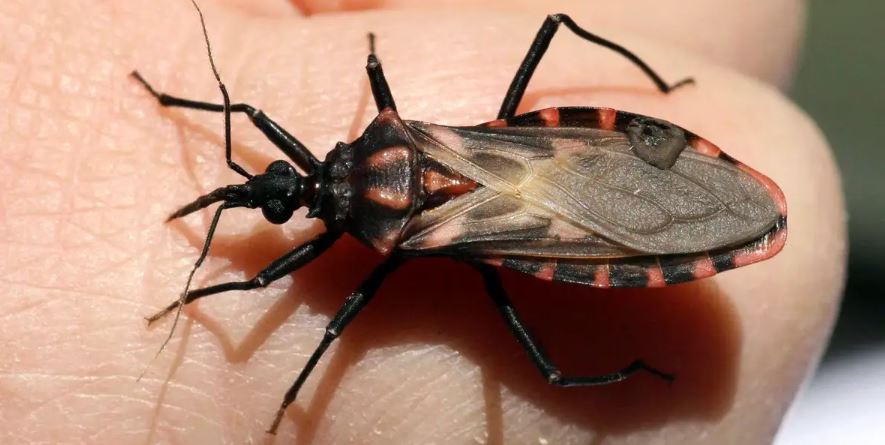
Kissing bugs serve as vectors for Trypanosoma cruzi, the parasite responsible for Chagas disease.
Contracted through the bug's feces entering the bloodstream, Chagas disease manifests with flu-like symptoms initially but can escalate to severe cardiac and digestive issues, posing life-threatening risks if left untreated. Moreover, the threat extends beyond humans, as domestic animals, particularly dogs, are also susceptible to infection.
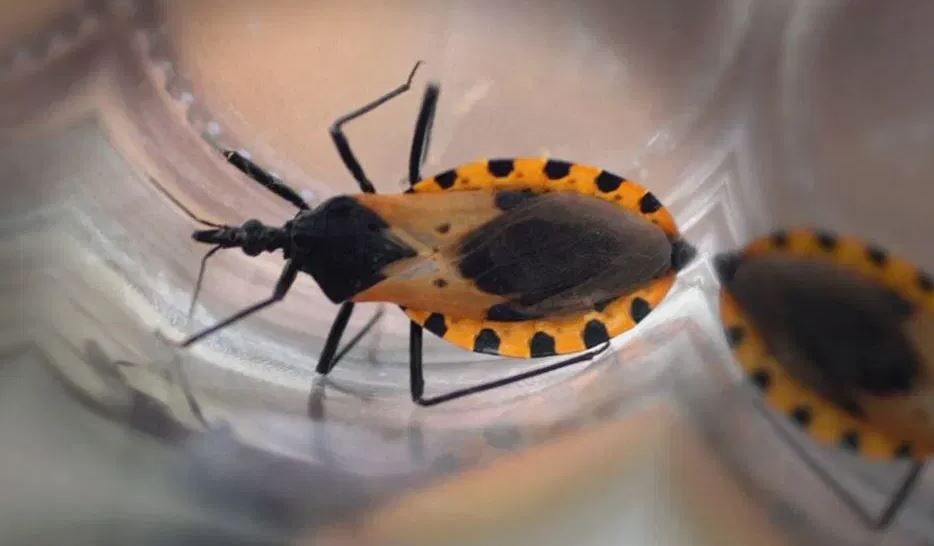
As concern grows, experts emphasize proactive measures to mitigate the risk of kissing bug encounters. Simple steps such as sealing cracks in homes, using insect screens on windows, and maintaining a tidy living environment can deter these pests.
Additionally, pet owners are advised to provide sleeping quarters elevated from the ground and to regularly inspect and treat their furry companions for any signs of infestation.




